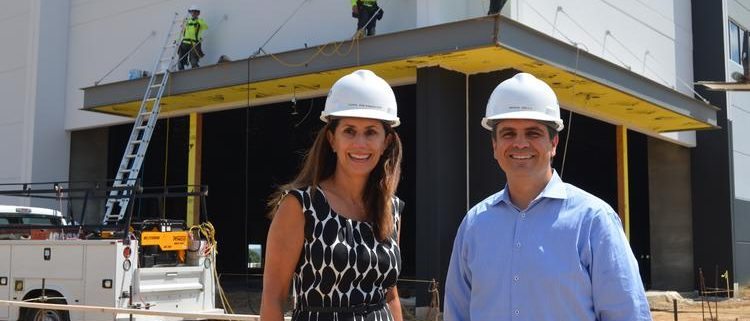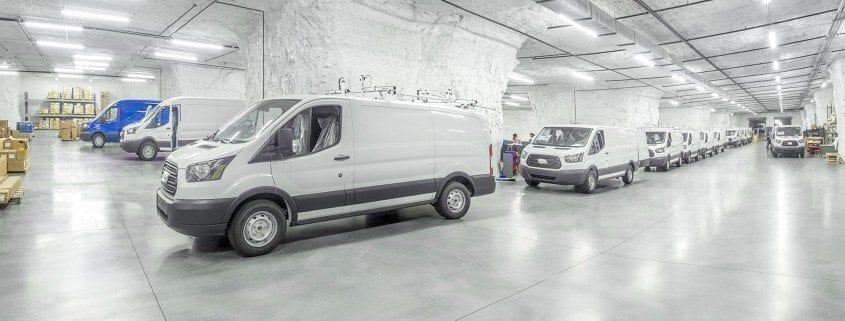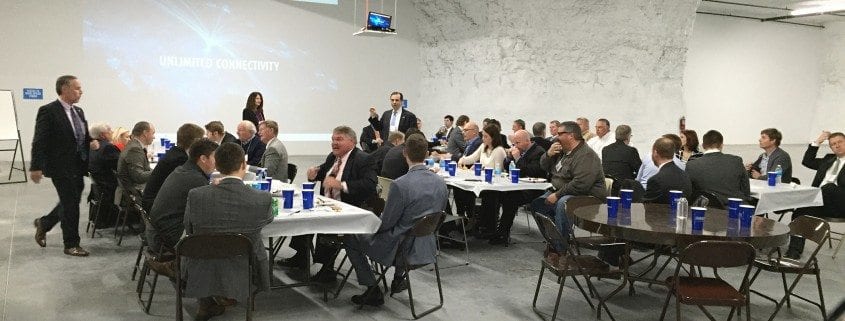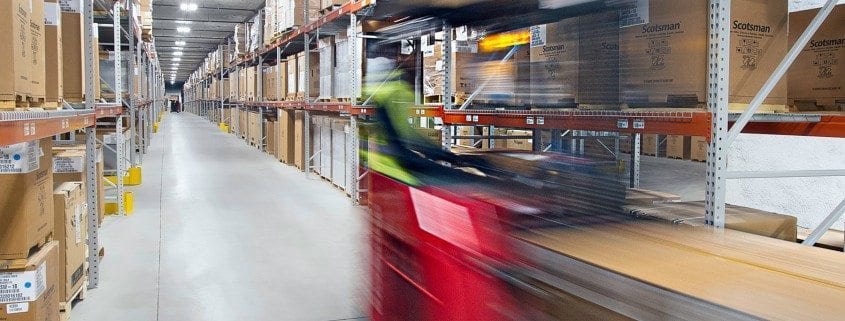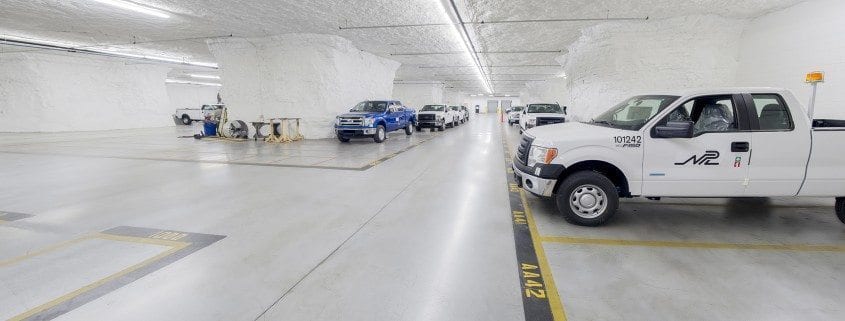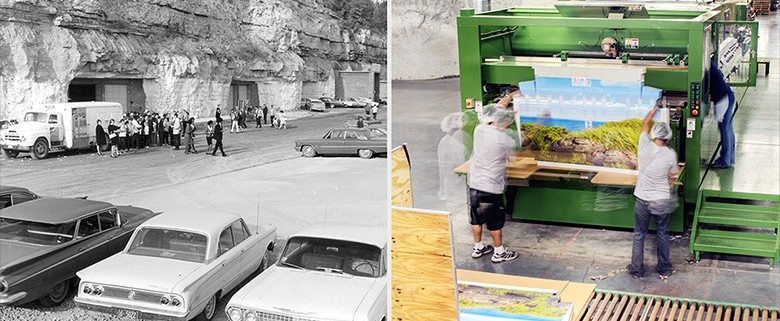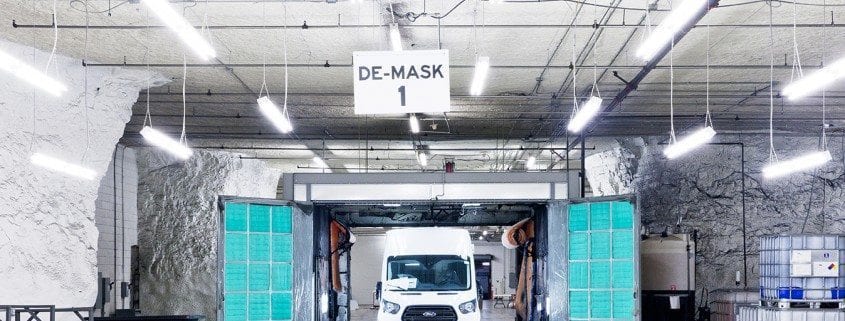The Animal Health Corridor is going underground.
Ryan Tompkins – Manager of Sales & Leasing
When choosing a location for warehouse, distribution and R & D facilities, animal health companies would be wise to check out SubTropolis, The World’s Largest Underground Business Complex™. SubTropolis is located in the heart of Kansas City, which is a centerpiece within the Animal Health Corridor, home to the world’s largest concentration of animal health companies.
With more than 6M square feet of contiguous underground space available and the potential to develop an additional 8M square feet, SubTropolis offers growing animal health companies the ability to scale quickly and efficiently. Without weather delays and lengthy permit approvals, climate controlled space can be built out on a much faster timeline than traditional above-ground properties. Ceva Animal Health is the most recent company to expand within SubTropolis.
In 2016, the veterinary pharmaceutical company brought its total underground warehouse and distribution footprint to 90,000 square feet. Ceva initially leased 36,000 square feet in SubTropolis for warehouse and distribution space in 2014 as part of a consolidation effort to bring Ceva in closer proximity to its North American headquarters in Lenexa, KS. Ceva CEO Craig Wallace has praised SubTropolis’ scalability, as well as consistent environmental conditions, as reasons for their expansion. SubTropolis provides optimal storage conditions for the most stringent specifications. Consistent temperature and humidity levels that are within USP defined “Controlled Room Temperature” ranges without the heavy upfront HVAC capital expenditures. All of this results in significant occupancy and operational savings for Ceva.
A recent analysis of a temperature controlled 150,000 square foot distribution facility, for an animal health/bioscience company, indicated a savings of $125,500 on utilities by locating operations in SubTropolis.
In this on-demand world, animal health companies seeking warehouse and distribution efficiency will appreciate SubTropolis’ central location, not to mention its security measures. With quick and reliable access to I-435, I-70, I-35 and I-29, companies within SubTropolis enjoy two-day delivery to 90% of the United States.
In addition, as Animal health companies require significant security protection, SubTropolis, with on-site 24/7 armed security, access control to the complex and on-site security system monitoring, offers a GSA Level III Secured Facility to meet the most stringent security requirements.
A perfect location for unmatched expansion flexibility, controlled environment and rock solid security — you can see why The Animal Health Corridor is heading to SubTropolis.
Ryan Tompkins is manager of sales and leasing for Hunt Midwest. Reach Ryan at rtompkins@huntmidwest.com.
